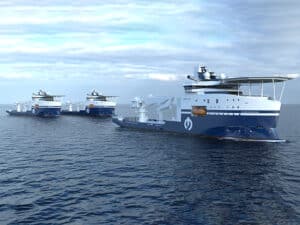
Outlook positive for offshore, but tighter CAPEX
Written by Marine Log Staff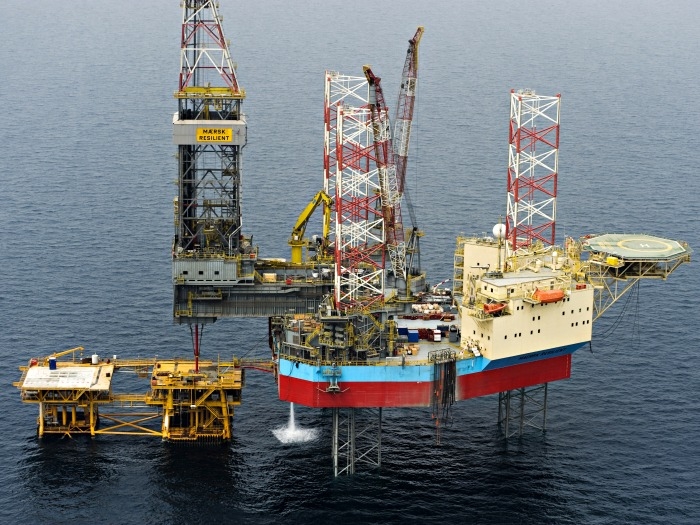
The jackup drill rig Maersk Resiliant
JANUARY 23, 2014—Amid a positive outlook for the offshore oil and gas industry in 2014, senior oil and gas professionals are forecasting tighter monitoring of capital expenditures (CAPEX) this year, according to new research published by DNV GL.
The report, Challenging Climates: The outlook for the oil and gas industry in 2014,” is based on a survey of 438 senior professionals and executives in the global oil and gas sector.
While 88% of respondents to the research are confident about the sector, concerns over rising operational costs, a shortage of skilled professionals and competition from international rivals are causing professionals to focus spending on the projects that will provide the greatest return on investment.
The report also reveals that the U.S., Brazil and Australia will be the top investment destinations for 2014, with larger operators seeking to expand into challenging new deepwater environments such as East Africa and the Arctic. These sites, however, won’t see full production until around 2018.
Per Olav Moslet, Arctic Technology Program Director at DNV GL, believes there will be a significant increase in offshore activity in the Arctic during 2014, compared to last year. He notes several significant planned drilling campaigns, such as Shell in the Chukchi Sea off Alaska, and ExxonMobil and Rosneft in Russia’s Kara Sea, among others.
The U.S. Energy Information Agency forecasts that U.S. crude oil production will rise from 7.5 million barrels per day in 2013 to 8.5 million barrels per day this year.
The report says that subsea technologies will see the greatest investment in 2014, along with floating liquefied natural gas and enhanced oil recovery.
According to the report, the proportion of companies planning to increase investment in new projects has declined by 18% over the past three years, from a high of 63% in 2012 to just 45% in 2014. For the first time since 2011 and the aftermath of the Macondo incident, overall confidence in the oil and gas sector has fallen—albeit only by one percentage point—signaling a shift in sentiment.
Key findings include:
• Despite some signs of caution, the overall outlook for 2014 is confident among industry professionals: 88% are optimistic about the outlook for 2014.
• Respondents expect to keep a closer watch on costs: 62% intend to pressure suppliers to curb cost increases next year, especially across Asia.
• Uncertainty over oil and gas prices will be more prevalent in 2014: 23% of industry professionals think oil and gas prices will weaken this year, while 36% remain unsure.
Elisabeth Tørstad, CEO of DNV GL – Oil & Gas, says: “Oil and gas industry projects are becoming increasingly complex as the industry continues to operate in more challenging environments. The cost of exploration and production is rising, the industry’s pool of skilled professionals is decreasing and companies are feeling greater pressure on their overheads. This is all leading to great focus and a degree of ‘belt tightening’ across the industry with a view to keeping a tighter rein on capital expenditure. Although confidence is still high, for the first time since 2011 and the aftermath of Macondo, overall confidence in the oil and gas sector has fallen marginally, signaling a slight shift in sentiment.
“We’re also starting to see signs of greater consolidation across the oil and gas industry supply chain. Our research gives clear signs that pressure will be put on suppliers to become more innovative, to reduce costs and to show value in 2014 by providing access to scarce, in-demand skills and by demonstrating real quality in the products and services they deliver.”
Greater consolidation
In response to rising costs, operators will seek to rely on larger supply chain partners that are more capable of providing a consistent global service, according to the report. About 22% survey respondents say that their company will increase its work with larger partners, compared with just 6% in 2012.
Furthermore, 37% of operators say that their companies intend to acquire partners with the specialist knowledge and skills they need as they move into tougher exploration and production sites, with 49% saying they will need to increase alliances with others to share knowledge in order to cope with more challenging environments.
In turn, DNV GL’s research affirms that operators will focus on controlling risks and costs by seeking greater standardization in their procurement approaches. This gives rise to greater interest in oil companies centralizing, standardizing and streamlining their supply chain to avoid costs in creating new solutions.

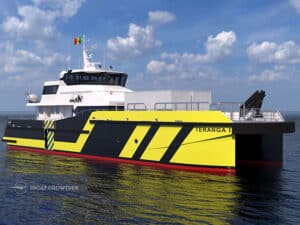
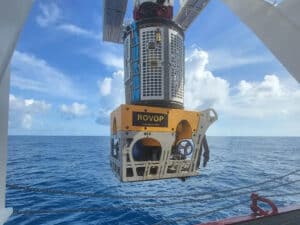
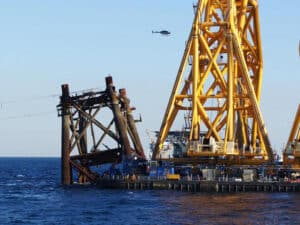
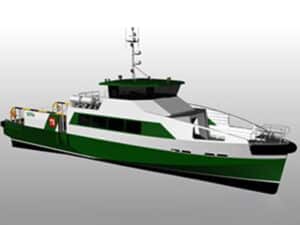
Leave a Reply
You must be logged in to post a comment.